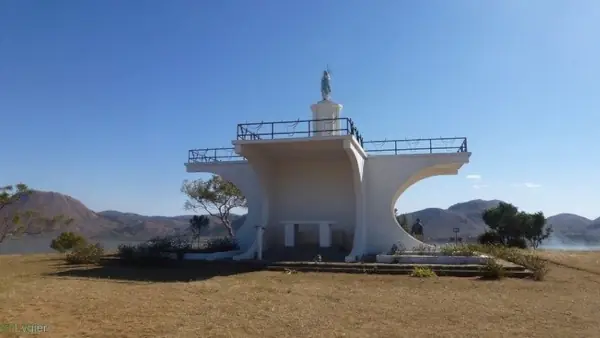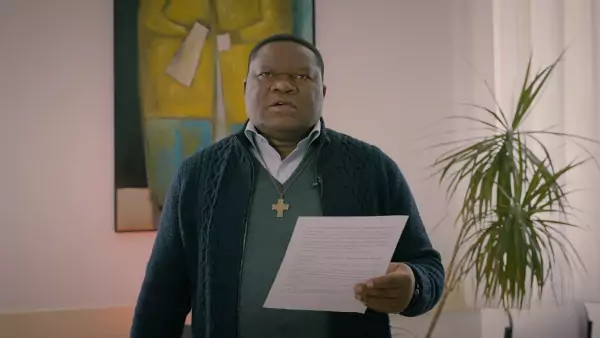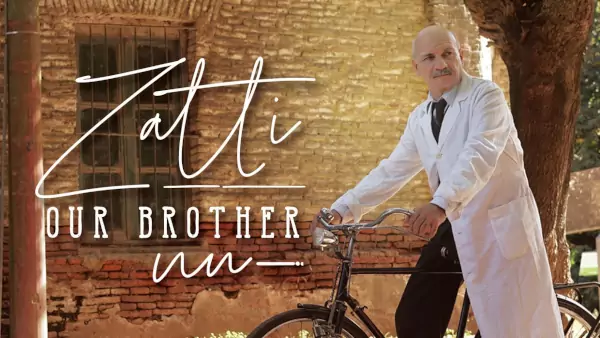May 24 - Mary Help of Christians is one of the titles under which the faithful venerate the Virgin Mary, Mother of God. First mentioned by John Chrysostom around 345, it became very popular after the victory of the coalition of Christian armies over the Turkish fleet, off Lepanto, in 1571.
Saint John Chrysostom seems to be the first to have mentioned this Marian title. It was around 345 and was later taken up by others. From the Middle Ages onwards, the title Mary Help of Christians (Help of Christians) is particularly associated with the defence of Christian Europe (Latin and Greek), including North Africa and the Middle East, against the non-Christian peoples who threaten it. In the face of the Ottoman Empire whose armies were invading and subjugating more and more Christian regions, Pope Pius V calls for the formation of a coalition of European Christian forces to face this threat. He calls on all believers to pray to Mary, the Help of Christians, to support the soldiers. In 1571 the Turks suffered a major naval defeat off the coast of Lepanto, and their maritime supremacy was shattered. The defeat of the Muslim Turks is attributed to the intercession of Mary Help of Christians.
Two ancient Greek inscriptions dating from the first centuries of Christianity give the Virgin Mary the titles Theotokos (Mother of God) and Boeteia (Help, or 'Relief'). After John Chrysostom (c. 345) several Church fathers refer to the Virgin Mary as the "Boeteia". Such as Proclus of Constantinople in 476, Sebas of Caesarea in 532. At the end of the patristic era (5th century) others continue the use, such as the Greek poet Romano Melone in 518, the Patriarch of Jerusalem Sophrone in 560, John Damascene in 749, and Germain of Constantinople in 733. A litany text from 1524 gives Mary the title "Advocata Christianorum", but another circulating later - around 1576 (shortly after the victory of Lepanto) - in the sanctuary of Loreto (Italy) is identical to the Marian litanies of today. Mary is called "Auxilium Christianorum". This text approved in 1601 by Pope Clement VIII became official and is still in use today.
In the twentieth century, the Second Vatican Council confirmed the Marian title of Auxiliatrix in its Dogmatic Constitution on the Church, 'Lumen Gentium': "The Blessed Virgin is invoked in the Church under the titles of Advocate, Helper, Helper and Mediatrix. All this, however, must be understood in such a way that nothing is taken away from or added to the dignity and action of Christ, the only Mediator" (no. 62).
The liturgical feast of Mary Help of Christians was instituted in dramatic circumstances by Pope Pius VII. Arrested by Napoleon in 1808 and held prisoner, Pius VII did not allow himself to be intimidated by the Emperor, which gave him immense prestige throughout Europe, even in Protestant and Orthodox circles. Returned to Savona (Liguria) in January 1814, after the Napoleonic defeat of Leipzig in 1813, he was released on the following 17 March, the eve of the feast of Our Lady of Mercy, patron saint of the city of Savona. Pius VII's journey from Savona to Rome was triumphant. Received everywhere with enthusiasm the venerable old man - he is 72 years old - attributes this personal liberation and victory of the Church to the intercession of the Virgin Mary. For this reason, he visited the shrines on his return journey, including the Abbey of Santa Maria del Monte in Cesena, where he had made his novitiate as a Benedictine monk in 1756. He entered Rome on 24 May 1814 where he was received with equal popular fervour. On September 18, 1814, in a first sign of Marian gratitude, he extended the feast of Our Lady of Seven Sorrows to the Universal Church.
When Napoleon escaped from the island of Elba and Joachim Murat invaded the Papal States, Pius VII had to go into exile in Savona again (22 March 1815). After the Battle of Waterloo and the final fall of the French Emperor, Pius VII returned to Rome for good on 7 July 1815. As a further mark of gratitude to God and the Virgin Mary he instituted the universal feast of the Virgin Mary Help of Christians, choosing the date of May 24, the date of his first return from exile in Rome.
Devotion to the Virgin Mary Help of Christians spread. In Italy it was particularly encouraged by St. John Bosco, founder of the Salesians, who, in 1865, built a large basilica in Turin in her honour and placed the female congregation he founded under his protection: the "Daughters of Mary Help of Christians". Following in Don Bosco's footsteps, the Salesian Sisters and Fathers contributed greatly to promoting veneration of Mary Help of Christians. Many of their establishments are under her protection.








